8 Reasons You Must Be Patient and Persistent to Dominate Content Marketing

I hear a lot of complaints when it comes to content marketing.
Many people come to me and say, “Neil, it’s just not working for me!”
Many people expect the power of content marketing to attract organic traffic and new customers to be immediate.
It’s not.
The fact is that content marketing takes some time to develop.
It takes dedication.
You know what they say about Rome.
Well, you cannot dominate content marketing in a day, either.
Most people give up because they don’t understand this.
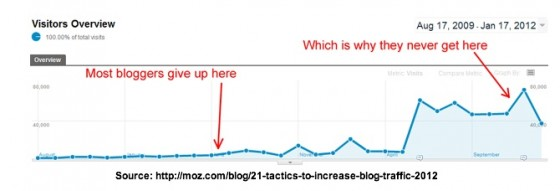
There are many reasons why content marketing is a long term strategy:
- Building authority takes time.
- It takes time for Google to get to know you.
- Building relationships with key people takes time.
- It takes time to build an audience.
- You’re not the first.
- Your competitors are at it, too.
- You need to be constantly shifting toward improvement.
- Testing and learning require a critical data mass.
The trick is to be patient and persistent. You need to develop realistic expectations for when your content will start to drive success for your business.
By analyzing the reasons why it can take a long time, you can get a better idea of what to expect.
You might also find out what’s not working for you and be able to fix it.
Let’s get started.
We’ll look at the 8 reasons why you must be patient and persistent to dominate content marketing.
Reason 1: Building authority takes time
There is a reason that doctors go to medical school and complete a residency.
When you add their pre-med undergrad degree, that adds up to 12 years of training before they can see patients on their own as doctors.
When you have a medical issue and go to see a doctor, it’s in that very moment that you are thankful for that training.
You are thankful because you trust the doctor’s ability to treat you.
The certificate hanging on the wall of their office confers authority.
When you combine trust and authority, you have a potent mix for driving business results.
The whole idea of content marketing is to develop trust and establish authority with your audience in order to attract and convert them.
Who would you trust more: the blogger who has published 10 sporadic posts or the blogger who has created hundreds of posts all strategically reinforcing their points?
I thought so.
Authority might be a rather nebulous concept in social terms. But on the Internet, Domain Authority is crystal clear.
Domain Authority is the measure for how well your website is positioned and respected. Domain Authority takes into account not just the number of websites linking to you, but also the quality of those websites.
All of those links to your different pages are grouped under your domain.
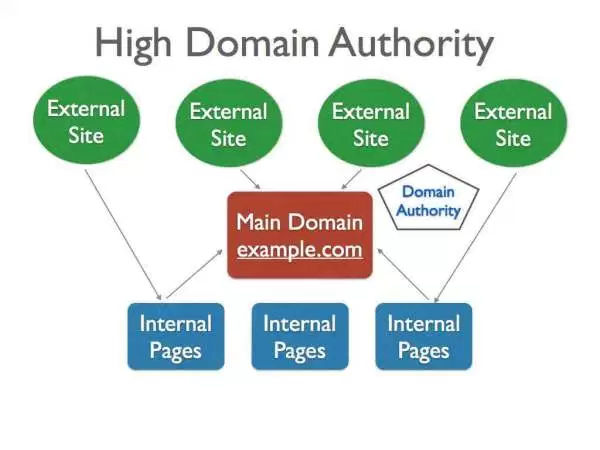
As you can see in the graphic above, you need to build up pages that support your domain. Creating that content and those pages takes time.
Plus, not all links are created equally. One link from The New York Times is worth a lot more than many links from smaller sites and other microblogs.
Domain Authority is actually much more important than Page Rank in search results.
You should be doing everything you can to improve your domain authority. To find out what yours is, you should install the MOZ Toolbar Chrome Extension.
Once it’s installed, click the button on the top right of your browser.

The MOZ Toolbar will drop down in your browser. Then visit your website. You can see your Domain Authority immediately.
My domain authority is 80.

If your domain authority is low — essentially anything under 50 — you need to work on improving that score.
The first thing you should do is read my article about how to improve your Domain Authority by 5 points in two weeks.
As you build up your content and relationships to other websites, your Domain Authority should rise.
Then you’ll know that your content strategy is working.
Reason #2: It takes time for Google to get to know you
On the web, your best friend should be Google.
Sure, there are other search engines, but with Google making up 90% of searches, they are the most important suitor that your website is trying to court.
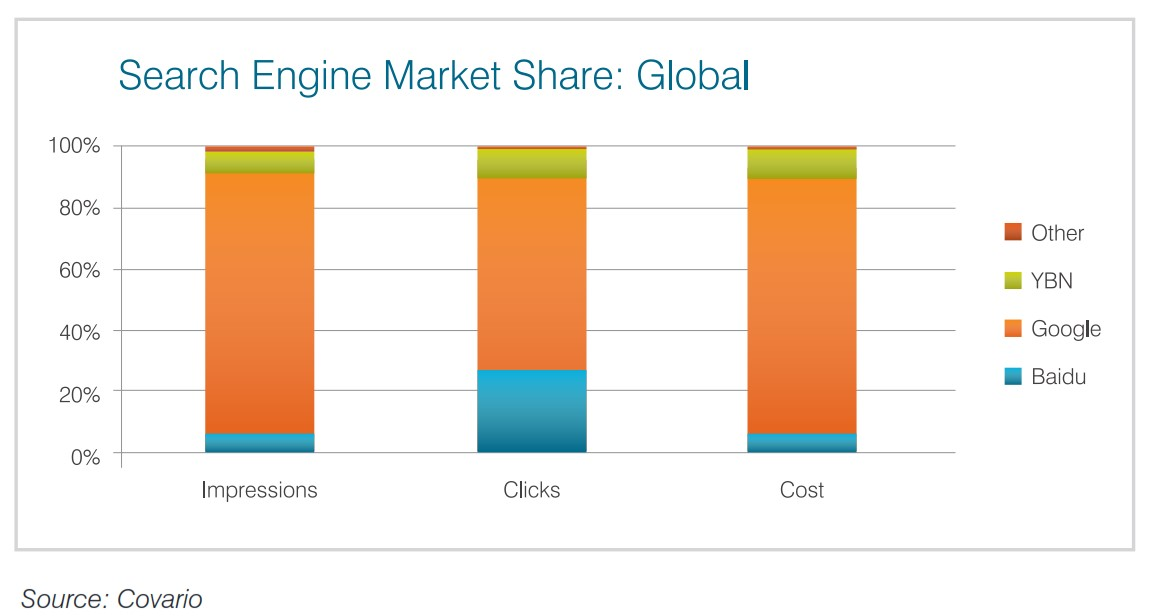
Google’s crawlers run through websites, trying to categorize them and determine their importance to deliver the best possible search results to its users.
Google’s crawler is called Googlebot.Googlebot doesn’t come around very often at first. There are a lot of websites out there, after all.
Googlebot is driven by an algorithm that weighs how important and relevant the information it comes across is.
When it does come to your site, it reads the sitemap to see which pages it should visit. A sitemap is structured like this:
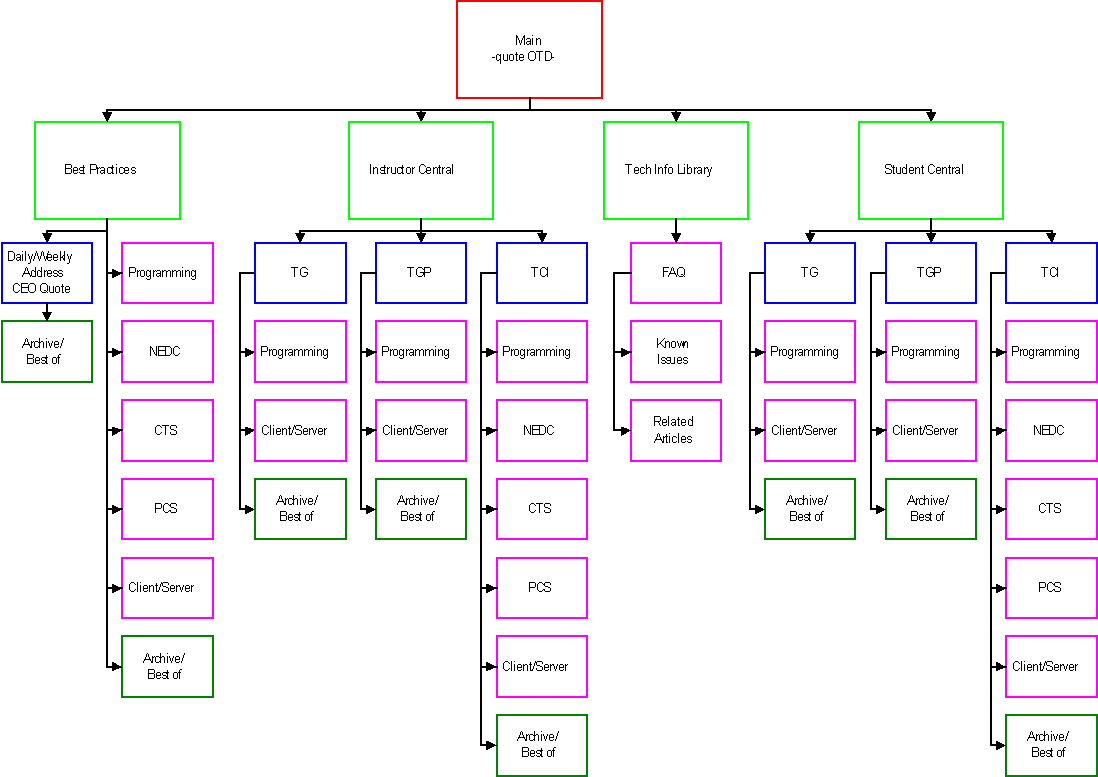
Then Googlebot scans your pages and adds the links (defined in your HTML as “href” or “src”) to a list of places to go next.
Googlebot will more quickly understand a clear site architecture and will be able to properly index your pages faster.
If Google starts to see you regularly posting content, they will send Googlebot back more frequently to automatically index your new content.The whole process takes a while — months at the very least.
There are some things you can do to expedite the process. A best practice is registering your site directly with Google.
It’s a very easy process. Just search “register my site with google” in Google.
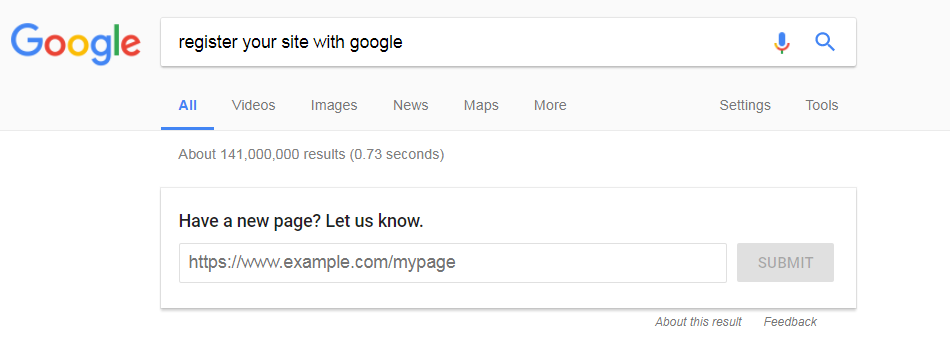
You will see the box in the search results where you can add a new URL to be indexed. This tells Google to send Googlebot to your page instead of waiting for it to happen naturally.
You can also add a page to the Google Search Console.
It’s the same thing.

When you’re getting started, you should make sure that you submit the URL for every page and post that you create.
It will speed up the process of getting your site indexed.
Reason #3: Building relationships with key people takes time
If you’re only writing on your site, you are severely limiting your potential reach.The Internet is such a marvel because we can use other people’s networks regardless of geographic constraints.
If you want to dominate in content marketing, you have to be featured on bigger blogs and websites.
It works like this:
- You develop a relationship with a writer or editor at a bigger site or blog.
- You pitch an article for a bigger site.
- Your article gets featured.
- People read what you wrote and, if they like you, they check out your social channels.
- They follow you.
- The next time you write something on your blog and share it, your reach gets bigger and bigger.
- Plus, the bigger site will add a link to your site in your bio blurb. This link boosts your Domain Authority and can generate traffic to your site, too.
Let’s face it. So many startups and small businesses don’t have a marketing budget to promote their content 24/7 — if at all.
You’ve got to tap into other people’s networks in order to grow yours.
It’s called guest blogging, and as I’ve written, it’s the best inbound marketing strategy.
Look how important guest blogging is to building traffic and credibility.
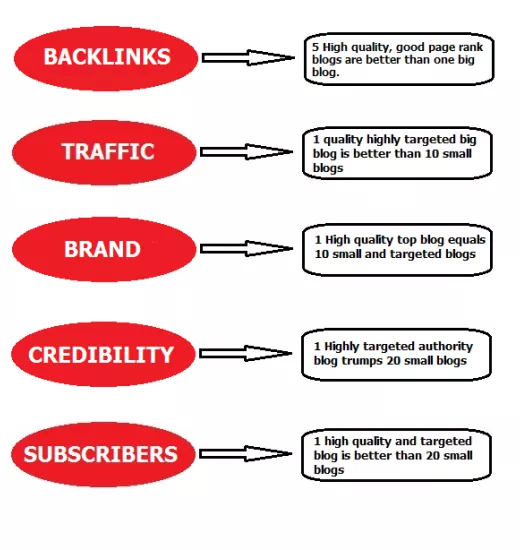
Other websites won’t, however, publish just anything you want to write. Many are closed off or don’t want to have guest bloggers with little or no experience.
You need to engage other influencers and publications in conversation. A great way to do that is to add comments to articles that offer a complementary viewpoint.
If the writer responds and continues the discussion, you can develop a conversation that could coalesce into an idea. You could then pitch that as a guest article.
Arguments — when respectful — can also lead to productive discussions and relationships. Disagreeing can trigger a reformulation of ideas that can make for great content.
Reason #4: Building an audience takes time
The best thing about content marketing is that you don’t need a media budget. Through SEO and developing your social audiences, you can reach different networks and start to gain an audience.
You’ve been doing this, of course, and it’s still really slow.
You’re most likely limited by budget. You favor content production over paid promotion.
That strategy works when you make it a priority to retain your visitors. You can’t afford to have all new visitors all the time.
You need to see how your visitors are sticking with you over time.
First, you can look at your ratio of new visitors to returning visitors.

If you’ve been doing content marketing for a while and you are not seeing a significant part of your traffic coming from returning visitors, there might be something wrong with your content strategy.
Your absolute returning visitor traffic should be improving over time. That means that you are delivering content with value that gets people to come back.
But you can go further than simply new vs. returning visitors.
When you take a group of visitors and see how many of them come back over time, it’s called a cohort.
Google Analytics shows you your cohorts depending on different dates and criteria.
You can see that, for all of the new visitors six months ago, a certain percentage are still coming back.
Cohorts inevitably drop over time. Audiences are never permanent.
But that group that’s coming back is your core audience. You should find out what they have in common and figure out ways to capitalize on it.
Reason #5: You’re not the first
If you’re just starting off in content marketing, there is something you need to know.
You are not the first person to use this strategy.
People have been producing content for a long time.
I’ve written thousands of articles about online marketing.
Websites like Forbes can have over one million pages.

It might seem insurmountable.
Before you throw in the towel, all is not lost.
I have really good news.
You don’t have to be the first.
Google was the 15th search engine to appear on the Internet.
In fact, not being first has its advantages.
You can learn what your competitors are doing.
Since the Internet is still an open place, you can find out a lot about what your competitors are up to.
For content marketing, you have to start with keywords.
I’ve written a great article about the different tools for analyzing what your competitors are doing.
Once you see how they are positioned, you can make your own plan accordingly. This saves you a huge amount of time trying to position yourself for a big uphill climb.
The advanced tip is to focus on long-tail keywords.
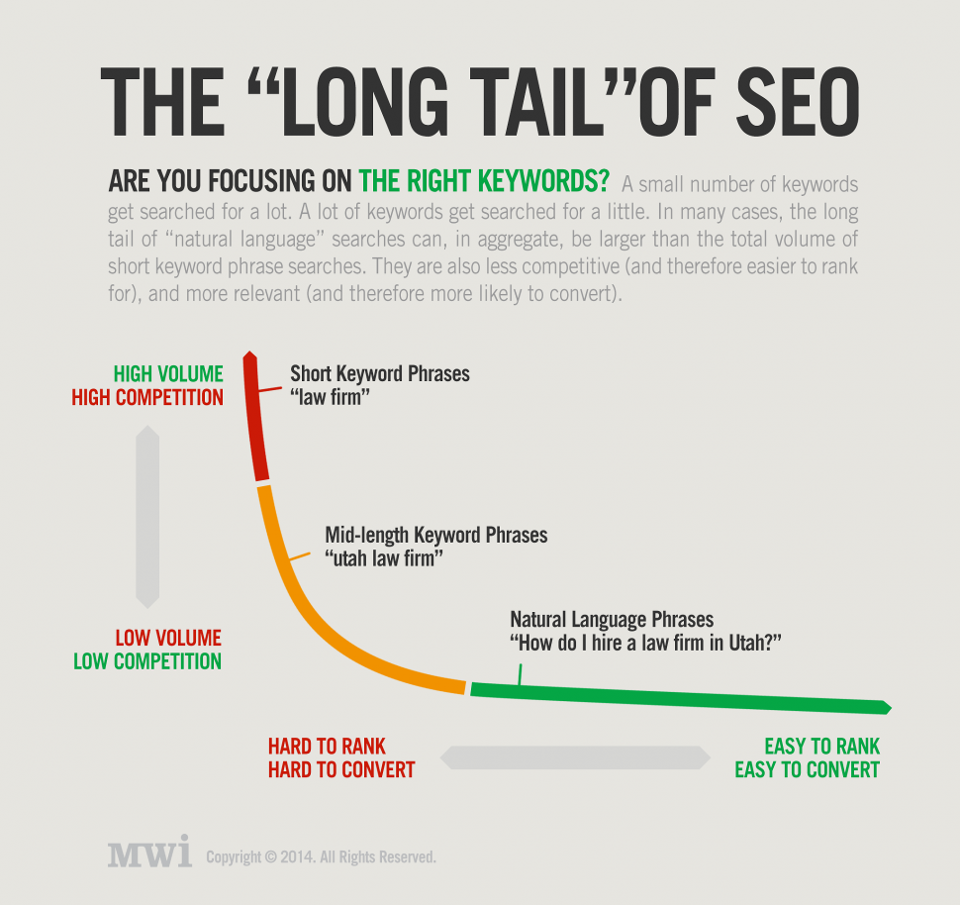
This is the sweet spot where competition is lower and where you can emerge despite a highly competitive space.
Plus, keywords are not just one word. As search engines get more sophisticated, so have keywords.
More and more searches are for keywords that could be labeled “key phrases” with 4 and 5 words.
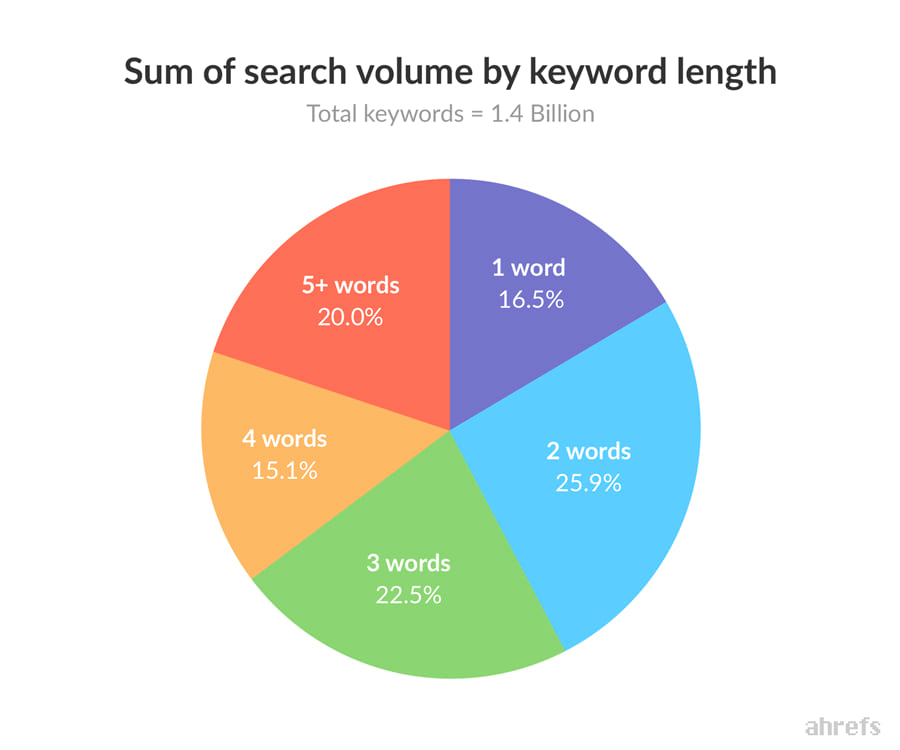
You can find and exploit knowledge gaps.
When you identify the areas of focus that are missing from your competitors’ sites, you can select your topics and keywords by exploiting the knowledge gaps.
A knowledge gap is something that is unknown. In the content marketing world, that means finding a subject or angle that doesn’t exist among the major players on the web.
Compare those gaps to the Google search trends to see if there is enough interest for you to build an audience.
Try adding keywords to a central theme until you find an angle that is less crowded.
Instead of trying to compete on something wide like “online marketing,” you could focus on “trends in online marketing,” or “online marketing challenges.”
There are literally endless possibilities as long as there are people out there searching.
You know that there is a potential.
Seeing others succeed is a big motivator. Don’t shy away from a big market and opportunity just because it seems too competitive.
The truth is that every market is crowded and success is difficult to achieve regardless of your industry.
That’s not a reason not to go for it.
The bigger the slice of the pie, the more you can take from it.
Reason #6: Your competitors are at it, too
I’ve given you nearly all the keys to success on my blog when it comes to SEO, online marketing, content marketing, and more.
You know who else I gave that information to?
Yeah, any of your competitors who happen to read my blog.
That’s the way of the game.
You can safely assume that, as you tinker with and improve your content strategy, your competitors are doing the same things.
And even though the Internet is essentially a limitless space, there are still a finite number of websites and website visitors.
Websites don’t operate in a vacuum. What one website does can have an effect on other websites.
You can be affected by someone challenging you on your keywords. Or someone who gets a head start on a new search algorithm change. Or someone who makes a mistake.
Dropping in the search rankings is inevitable. Watch my video about what to do when your search rankings drop:
Don’t be discouraged.
You have to stay one step ahead of your competitors. You have to be a little bit better than them each time.
Each time you find an improvement, you build on your lead. They might gain on you sometimes.
But if you are dedicated and persistent, you can turn your small gains into dominance.
Reason #7: You need to be constantly shifting toward improvement
Those small gains come from patiently testing and learning from your insights and audience.
Dedication is not about sticking to one idea.
Dedication is a commitment to success.
In content marketing, success takes many different forms. What you end up calling success might look nothing like what you had in mind when you set off.
And that’s OK.
Content marketing is about creating value for other people — not for just yourself.
You can read my article about knowing when to shift your content strategy to understand the signs that will tell you when you need to adjust.
You can shift in two ways.
- First, you can identify a potential improvement. For example, if you notice that people are more frequently sharing your content that contains a video at the beginning, you should be adding a video at the beginning of all of your articles.
- Second, you can identify problem areas. For example, if you see that there is one topic that you write about that gets shared a lot less, you should consider shifting your content strategy and phasing that part out in favor of something more fruitful.
Improvement takes a long time simply because a change is not always beneficial. You can make missteps, and that’s OK.
That’s why it’s called testing and learning.
And a lot of learning and testing is based on data and insights. The hard truth is that, when you’re starting off, you often don’t have enough data to make sound decisions quickly.
Reason #8: Testing and learning requires a critical data mass
Intuition can be both your best friend and your worst enemy when you are getting started in content marketing.
It is seductive to try and push out content on your whims, following your gut, and hoping that it will attract people.
Some websites have been extremely successful with the intuition model. Take a look at Wait But Why.
Tim Urban writes about the subjects that interest him in massive posts that border on books.
There is no rhyme or reason — just a train of thought from the past few years on philosophical topics, psychology, and technology.
He is one of the few.
For the rest of us, we need strategies. Successful content marketing to has to generate business. The fastest way to do this is testing and learning.
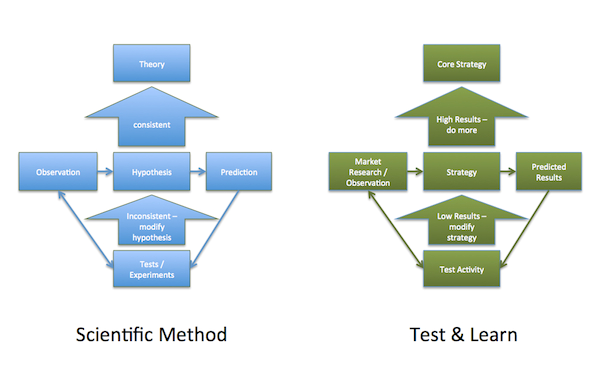
Whether it’s AB testing, content shifting, or testing SEO tactics, sound decisions require data.
For qualitative analysis, like user feedback forms and surveys, you can get away with having between 30 and 50 responses.
At that point, you have a sufficient sample size from which to draw conclusions.
For quantitative analysis, like analytics, you need a critical mass.
Think of A/B testing. A/B testing is splitting your traffic into two or more groups that see slightly different experiences when they visit one of your web pages.
You could test the layout, sales funnel, copy, and call to actions.
Here is an example of A/B testing different copy on the homepage of Awayfind. The goal was to see which copy generated more sign ups.

What do you think?
There was a clear winner.
Version B saw an increase of 38% in sign ups.
The promise of A/B testing is big. You can optimize nearly every part of your website and leave nothing to chance.
When you run a test, you need to have enough traffic to start to see if there is a difference in the metric that you’re measuring.
Once the difference is significant enough, you reach an acceptable confidence level of at least 95%.
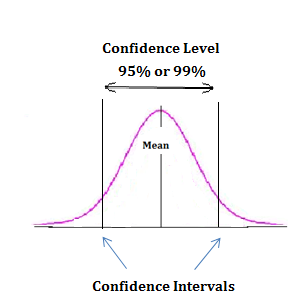
That means that, if you ran the experiment again, the chance that the same thing would happen again would be 95%.
The smaller the difference between the results of the two scenarios, the more traffic you need to reach an acceptable confidence level.
You can’t achieve a confidence level in an A/B test with a few hundred visitors unless the difference is very big.
But first, you need to decide what you’re going to test. You might think that a different layout will increase conversions.
You won’t always make the right decision.
You can end up taking a step back.
This is why testing and learning gets exponentially more effective as your audience gets bigger and bigger.
When you have tens of thousands of visitors per day, you can split off a smaller portion — say, 10% — and test that group against the control.
That limits your chances of making a mistake that could cost you conversions.
Furthermore, with high traffic volumes, you can run a test that lasts a few hours and get solid data.
At the beginning, though, tests have to run for a much longer time before you can have solid results.
Conclusion
Content marketing is a gradual game that — when done right — should build slowly and then start to take off quickly.
There are many shortcuts to improving your traffic, but a lot of the basic building blocks need to be put in place one after the other.
You must be patient for each action that you execute to take effect.
You must be willing to make missteps, correct them, and wait for the improvement to build over time.
Once you have committed to the long run, you will be in the best position to eventually dominate in content marketing.
What are some of the things that are taking a long time for you? What are your personal secrets to staying persistent and patient?
The post 8 Reasons You Must Be Patient and Persistent to Dominate Content Marketing appeared first on Neil Patel.




Comments
Post a Comment